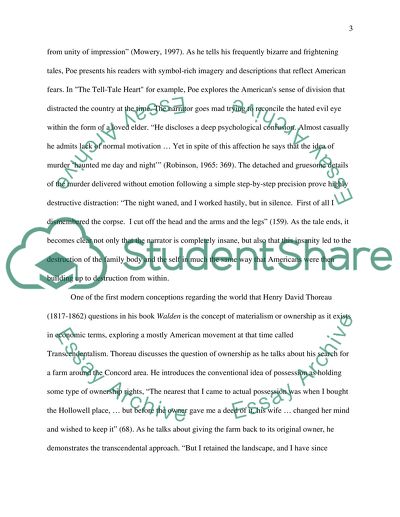Cite this document
(“American Literature Term Paper Example | Topics and Well Written Essays - 2000 words”, n.d.)
Retrieved from https://studentshare.org/literature/1411943-american-literature
Retrieved from https://studentshare.org/literature/1411943-american-literature
(American Literature Term Paper Example | Topics and Well Written Essays - 2000 Words)
https://studentshare.org/literature/1411943-american-literature.
https://studentshare.org/literature/1411943-american-literature.
“American Literature Term Paper Example | Topics and Well Written Essays - 2000 Words”, n.d. https://studentshare.org/literature/1411943-american-literature.


